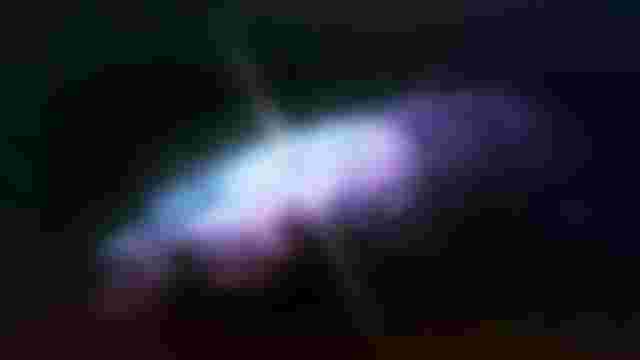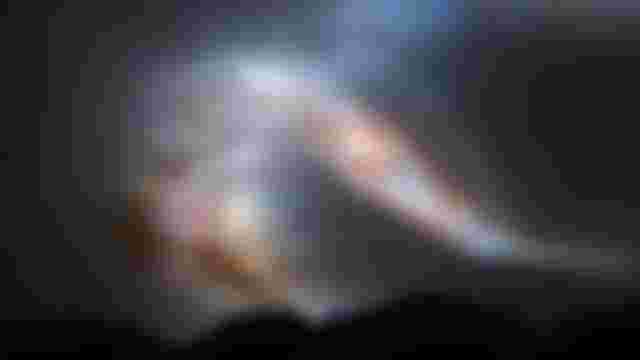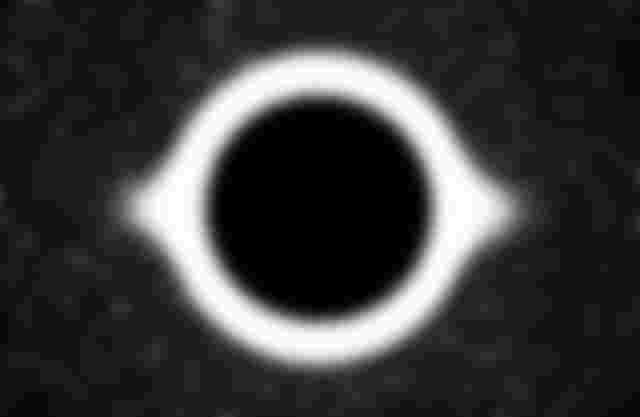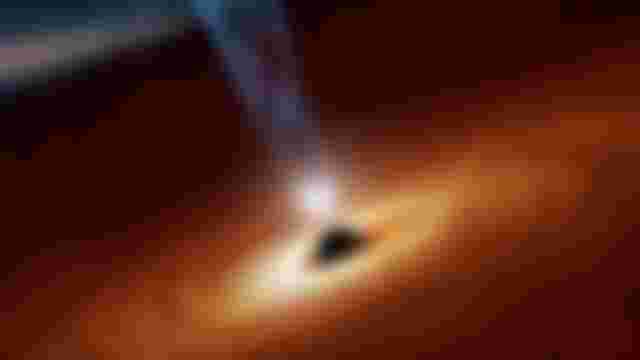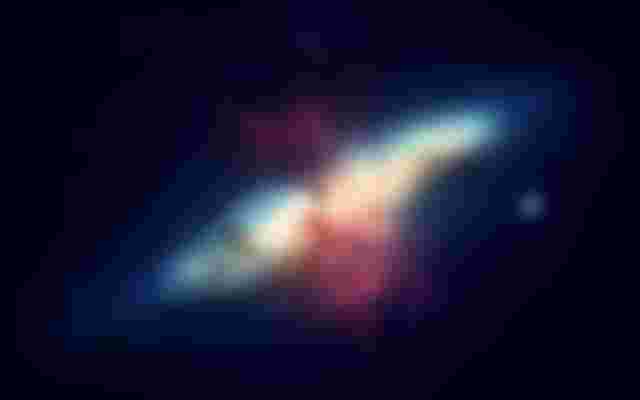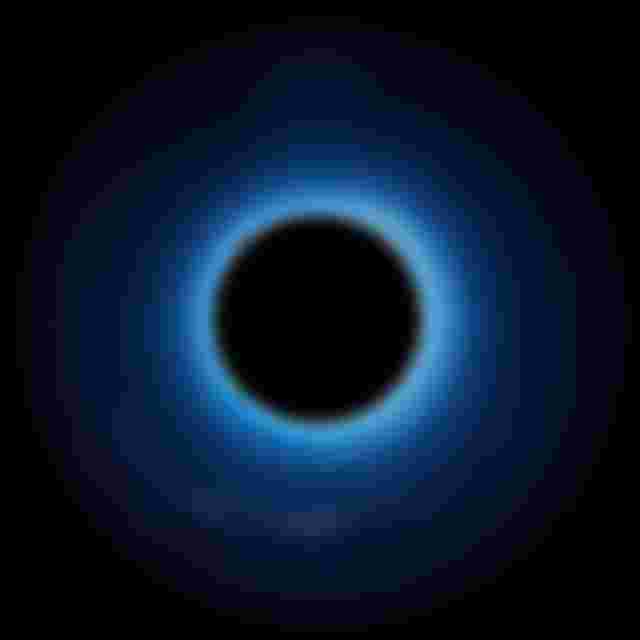Time is the death sentence from which nothing escapes, even time itself had a beginning and will have an end, in this publication I try to explain what this end will be like.
Previously I made a publication, trying to explain the origin of everything that exists, understanding everything to the universe, of course, my idea was, in broad strokes, to present the events that occurred in the moments after the Big Bang, not to explain literally the origin of all things, such a task would be almost impossible.
Now I propose to try to explain, in the simplest way possible, that everything will end; explain how the end of the universe will happen
Perhaps the title of the publication is something grandiloquent and not necessarily precise, but according to some of the scenarios that I will explain below, we could refer to the end, not only of what exists, seeing it from the point of view of the subject, but of the end of space time itself.
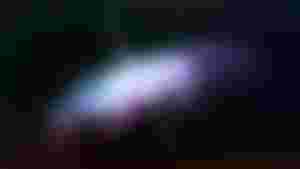
To understand how the universe will end we must remember a concept of which I have spoken before, the Dark Energy, for the possible ends of it, are closely linked to this strange, albeit abundant form of energy, which seems to be causing the expansion of the universe.
According to some estimates, approximately 70% of the energy content of the universe is formed by the Dark Energy, a strange form of energy, associated with the quantum vacuum. It turns out that in the quantum world, the concept of vacuum is not literal, because as an effect of Heisenberg’s Uncertainty Principle, pairs of virtual particles and antiparticles are created in a vacuum, which subsequently end up annihilating each other, but as an effect of this process energy fluctuations are generated in quantum fields, as if waves in a pond were treated, these energy fluctuations are what is called vacuum energy and is the main candidate to be the explanation of the Dark Energy; because at great distances it has an effect of repulsion between the baryonic matter (all the matter that we can touch, see and measure)

In addition to the Dark Energy there is a second factor that we must take into account, the density of matter of the universe or Omega (Ω), the value of this parameter of the Friedmann equations, which describe the expansion of space, raises three possible scenarios that would describe the geometry of the universe and from these scenarios, the values of the Dark Energy, would allow to describe the possible endings of the universe.
If Ω has a value greater than 1, the universe would be closed and have a spherical geometry. This type of universe in the absence of dark energy would end up collapsing on itself.
If the value of Ω is less than 1, the geometry of the universe would be open, curving on itself, but without closing, to form a hyperbolic surface like a saddle.
The last possible value of Ω would be that of equilibrium, equal to one, in this case its geometry would be flat, Euclidean.

In the case of the last two scenarios even in the absence of dark energy the universe would expand, but in a non-accelerated way, causing, for a variable period of time, the galaxies to move away from each other without major consequences. While, for the three scenarios, the presence of dark energy would lead to the accelerated expansion of the universe, with different consequences, depending on the amount of it.
First, we will examine the possibilities involved in case of the non-existence of dark energy. In this case it is interesting to examine only scenario 1, since in the other two scenarios the expansion would continue in a uniform manner, but in the long run the result would be similar to the one proposed in one of the scenarios that I will explain later.
The Big-Crunch
As a result of a spherical geometry and in the absence of dark energy, the universe would expand as an effect of the Big Bang, this expansion would stop, until the effect of gravity reversed, with which the universe would begin to contract.

This contraction would lead the universe to revert to a point, first making the galaxies combine to form one, in this process the average temperature of the universe will increase, causing any planet like Earth to lose the possibility of releasing its excess heat into space , which will end up eliminating any possibility of life.
The more the universe contracts, the higher the temperatures will be to the point where the stars themselves are unable to release their heat and end up exploding, in this way the universe would be transformed into a plasma ball that would continue to warm up until the disappearance of most of the elementary particles, leaving only the quarks, to finally be all form of matter absorbed by the black holes that would eventually end up merging all and compressing into a new singularity. Thus ending time and space.
The similarity of this state, with the initial state of the universe, gives rise to a complementary theory, which is that of the Big-Bounce, which suggests that after the state of singularity arrived during the Big-Crunch, it would follow a new Big-Bang, with the consequent creation of a new universe, and that this process of birth, death and rebirth of the universe, would have been repeating itself forever, creating this the question of whether time is infinite, because this process would imply a permanent existence of this dimension.
One of the objections presented to this model would be that it contradicts the second law of thermodynamics, according to which the universe, as a closed system, would tend to a continuous increase in its entropy. So we could not move to a state of greater order, which would be implicit in the formation of a singularity that would contain the universe itself, even, in some hypotheses, it has been proposed that the arrow of time itself would be reversed, when the contraction of the universe began and we would begin to see everything that happened in reverse, from a state of greater entropy, to the minimum entropy that existed before the Big Bang.
Finally, as a last objection, this model, current data, seems to point out that the geometry of the universe must respond to an Ω in equilibrium, that is, a flat geometry, so this scenario would be practically ruled out by science.
Now, assuming that the universe is flat, we must first consider the absence of dark energy, in this case, the universe would continue to expand, but at a continuous rate without acceleration, simply the galaxies would end up distancing themselves more and more, some of them others, to later have an end caused by the disintegration of protons or the collapse of matter, which will be explained later. However, this is not what the current data show, the universe would be growing at an accelerated rate, which would indicate the presence of dark energy.
So given the existence of the Dark Energy and its accelerating effect of the expansion of space, there are two possible purposes for our universe, The Big-Freeze and the Big-Rip, let’s now briefly see what these scenarios are, which until now seem the most likely.
The Big-Freeze
Big-Freeze, or thermal death, is perhaps the most likely scenario according to the recent observations of the space probe WMAP and the Chandra X-ray Observatory, about the amount of dark energy in the universe. The Big-Freeze, poses the absolute cooling of the universe, after the disappearance of any type of radiation, dissipated in the huge dimension of a universe completely depopulated of any form of matter.
This process of cooling would take place in four eras, which begin with the formation of the first stars after the Big Bang, when the universe was no less than a million years old.
Stelliferous Era
In this era, stars predominate, it is the era in which we live, it is supposed to have a duration of about 1014 years counted from the Big Bang. The end of this era will occur when stars cease to be formed by the collapse of stellar gas accumulations. Over time the death of the stars, will cause the clouds of gas and dust that would serve as a hotbed for new stars, have a greater predominance of heavy elements, this will result in the formation of increasingly smaller and colder stars, frozen in terms stellar, its surface temperature could be similar to that of the earth.
There will come a time when the only stars that still illuminate the galaxies are the red dwarfs, who live for very long periods of time and never reach the red giant stage, achieving only in their last moments reach luminosities and sizes similar to our sun . Some of these stars will most likely be present until very late in this scenario of the end of the universe.

During this period large galactic islands will be formed isolated by immense distances, the local group will end up colliding, forming a single galactic cloud, in the long run the same will happen with the supercluster of virgo, which is attracted towards a great attractor. The local group, which, unlike the virgo cluster, is not being attracted to the great attractor, will end up moving away from it until it is visible.
Already at 10E11 years, there will be no proof of the origin of our universe, the microwave background radiation will have disappeared or will be undetectable, dispersed by the expansion of the universe
At the end of this era, black dwarfs, neutron stars and black holes will predominate. Gigantic black holes will govern the centers of the new galactic clouds resulting from the collisions and consequent mergers of those who inhabited the ancient galaxies.
Degenerate Era
In this era the dominant objects will be the dense remains of stars, black dwarfs (the remains of white dwarfs after being completely cooled), neutron stars and black holes. It is estimated that this era will be between the 10E14 and 10E32 years, depending on the time it takes for the protons to disintegrate, if that happens.
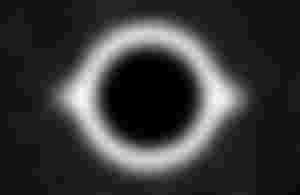
During the early stages of this era, stars will still be produced, but only through stellar collisions, brown dwarfs, frustrated stars that did not initiate nuclear fusion could collide producing an occasional red dwarf, which would live for billions of years until collapsing into a White dwarf, similarly could generate collisions involving white dwarfs or neutron stars leading to stars that fuse helium or carbon, which would have a short life, or lead to explosions of gamma rays and even black holes. These processes of star formation would occur mainly in the peripheries of the galactic nuclei where the density of objects that can collide is greater. It is estimated that a galaxy such as that formed by the entire local group could get to have by this process about 100 stars that illuminate its center.
Like what happened with the stars, black holes would also start to collide giving rise to larger ones, until the new and isolated galactic islands formed by all the galaxies that made up the old clusters and superclusters, have become gigantic black holes . While this happens the black holes devour all the stellar corpses that populate its surroundings, giving rise to quasars that would illuminate the galactic nuclei, this would last about a billion years until they have been turned off and cooled.
The gravitational waves, the product of all these impacts between super massive objects, would eventually unlink any planetary system that may still exist, it is possible that even some red dwarfs that never reach the red giant phase, still conserve planets around them, These may be the only ones who suffer this end, being expelled from their stars, many destroyed and some becoming wandering planets.
Even dark matter could begin to disappear due to the collision of its particles or to being captured by the gravity of stellar remnants. This would alter the gravity in the galactic halo by decreasing the mass of the galaxies and causing their expansion.
The culmination of this era, would come from the hypothetical disintegration of protons, according to some models of quantum mechanics, this could happen between the 10E32 and 10E45 years, or even in a longer period that could reach 10200 years.
The disintegration of the protons, would lead to the disintegration of the atomic nuclei and little by little to the disappearance of all the matter, leaving only the black holes.
It could also happen that the protons never disintegrate, this would lead to even stranger phenomena, because product of the tunnel effect, the solids would end up behaving like liquids forming spheres due to gravity, at the same time this same effect would produce nuclear, cold fusions , that would end up transforming all the matter that exists, except for the neutron stars, in iron, this would happen in 101500 years, to finally all end up turned into neutrons and finally collapse in black holes, this would occur between the 10E10E26 and 10E10E76 years.
Black Hole Era

This would be the era that would see die the last objects that perhaps still remain of the current era, the black holes. After the disintegration of protons or the collapse of matter if they do not disintegrate the protons, the only objects that would remain in the universe would be black holes, which in the end, also end up disappearing as a result of Hawking Radiation, a black hole with a solar mass could take 1066 years to disappear, while the most massive known can take 10100 years, so this era would not last less than this time, after the Degenerated Age was over. Once the black holes have disappeared, there will be no trace left in the universe of what were the stars and galaxies, the universe would be made up of only a few particles.
Dark Era
This would be the last stage of the universe, before the eternal thermal death, in it the temperatures would be almost equal to absolute zero, the expansion of the universe would continue its unstoppable course, there would only be some particles such as electrons and positrons, neutrinos and photons and such Once some exotic particles, with time electrons and positrons could annihilate each other emitting gamma rays, this process that would end up annihilating all existing particles, could last an unreasonably long period of time, although it could also be that you will never reach total death thermal
The interesting thing about this period is that the scarcity of physical processes could lead to the loss of meaning of the physical laws, and that processes of a quantum nature that are still manifesting may tend to give rise to macroscopic processes, including possibility that regions of the universe collapse giving rise to a new Big Bang, of course this is nothing more than mere speculation, it is not possible to determine the processes that gave rise to the Big Bang or that there was before him
The Big-Rip
According to this hypothesis, if the amount of dark energy in the universe is large enough, there will come a time when the universe will begin to tear in an increasingly accelerated way, because gravity will be unable to counteract the repulsive effect of energy dark, until reaching the point that matter itself would disintegrate.
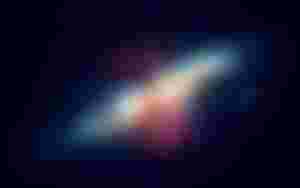
Estimates indicate that the end of the universe by this scenario would occur some 20,000 million years in the future, according to these estimates to 1000 million years from the end of the universe, the galaxies would have moved away from each other enough, so that, product from this. the effect of gravity is reduced, causing its tearing, 60 million years from the final moment, only single stars would remain, three months from the end the planetary systems would tear apart and a few minutes later the stars and planets would, at 10E-18 seconds the atoms would disintegrate, leaving only some subatomic particles, unable to interact and without any energy, for the enormous distances that would separate them.
Phase Transition from False Vacuum to Absolute Vacuum, Coleman-De Luccia Effect
This is the last and weirdest of the scenarios that would pose an end to the universe, it would not be related to the amount of dark energy, nor to the geometry of the universe. In theory now the universe would be in a state of false vacuum, ie there would be areas where there would be a complete absence of particles of matter, but in which there are nevertheless energetic fluctuations of quantum fields, virtual particles and antiparticles would be generated, in this false vacuum, it could happen, by tunnel effect, a transition to a state of absolute vacuum, which would manifest as a vacuum bubble that could appear anywhere and start to grow at the speed of light, until covering the entire universe . In this vacuum bubble, physical laws would be different, affecting any form of matter that is trapped. Due to gravity, the center of the bubble would collapse into a singularity that would eventually spread throughout the universe, altering it completely.

These would be the four scenarios that would represent the end of everything that exists, either because it is absorbed into a new singularity or because all kinds of activity disappear even at the quantum level, none of these scenarios would be observed by humans (except maybe the last), unless we have managed to leave our planet, because long before this happens our sun will have consumed the Earth when it reached its red giant phase, and then disappear leaving its place to a white dwarf, who would see the last moments of the existence of matter.
Well, with this concludes this publication, I hope you have been to your liking, I am attentive to your comments and I thank you in advance for your votes. Thank you for your attention, until the next post.
Sources
Atkinson, N. No “Big Rip” in our Future: Chandra Provides Insights Into Dark Energy, Universe Today
Cuentos Cuánticos. El falso vacío, Cuentos Cuánticos
Coleman S. and De Luccia F. Gravitational effects on and of vacuum decay. Physical Review D. 21(12)
Fraser, C. Dark Energy Could be a Breakdown of Einstein’s Theory, Universe Today
Hubblesite. Fate of the Universe. Hubblesite.org
Todo Sobre Ciencia. Energía Oscura, Todo sobre ciencia
Villanueva, J. C. Big Crunch, Universe Today
Villanueva, J. C. Big Freeze, Universe Today
Wikipedia. Big Freeze, Wikipedia
Wikipedia. Destino final del universo, Wikipedia
Wikipedia. Ecuaciones de Friedmann, Wikipedia
Wikipedia. Falso vacío, Wikipedia
Wikipedia. Teoría del Big Crunch, Wikipedia
Wikipedia. Teoría del Big Rip, Wikipedia
